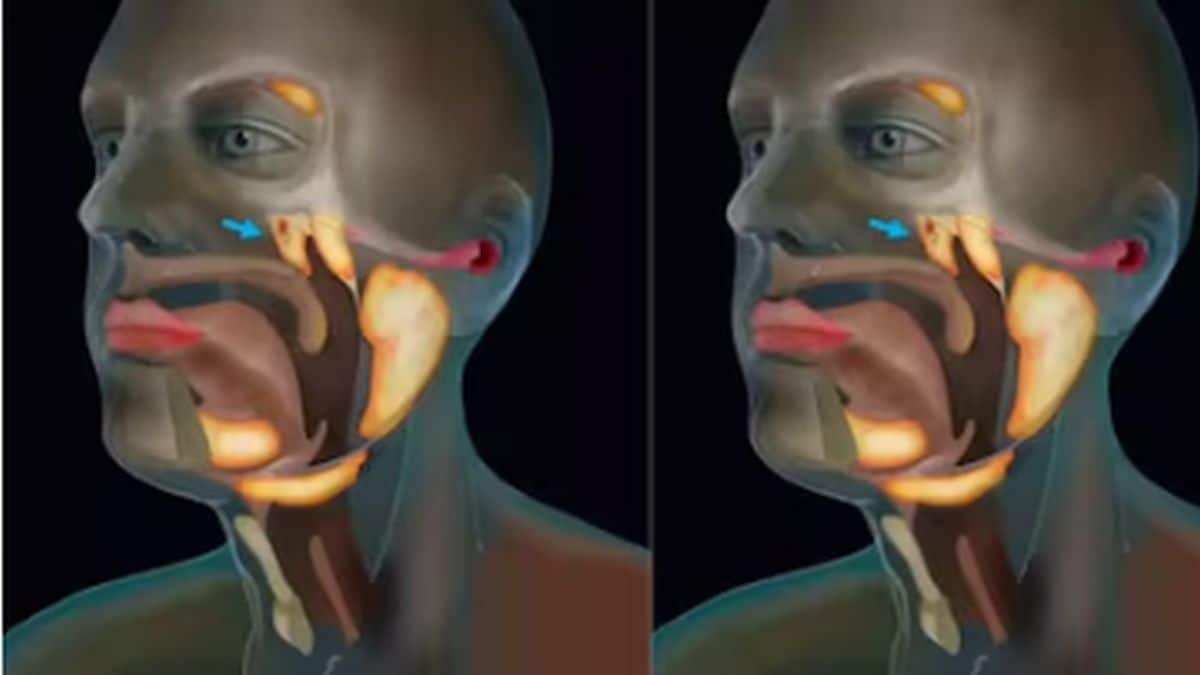Last week, a new coronavirus myth started circulating on social media platforms and is still doing the rounds. It said that if you can hold your breath for more than 10 seconds, it means you don’t have the new coronavirus infection. The post also said that coronavirus causes 50% fibrosis of lungs by the time the patient reaches the hospital. The post was falsely attributed to Stanford University and some experts from Taiwan. On March 13, Stanford University tweeted, “Misinformation about COVID-19 symptoms and treatment falsely attributed to Stanford is circulating on social media and in email forwards. It is not from Stanford.”
Misinformation about COVID-19 symptoms and treatment falsely attributed to Stanford is circulating on social media and in email forwards. It is not from Stanford. Official information from Stanford is available at https://t.co/LlNXeyuejP.
— Stanford University (@Stanford) March 13, 2020
— Stanford University (@Stanford) March 13, 2020 A health expert from Stanford University also mailed the Associated Press (AP) saying that the post is fake and Stanford has nothing to do with it. The self-test is not a reliable way to say for sure that you have COVID-19.
Not a specific symptom
Lung fibrosis is a condition in which your lung tissue hardens due to formation of scar tissue, making it difficult to breathe properly. Even though lung fibrosis is a symptom of severe lung diseases, about 80% of the COVID-19 patients get only mild symptoms. It is unlikely that they would get this level of lung damage this quickly. Another Stanford expert told AP that various other health conditions may cause breathing difficulties which include heart disease, asthma and anxiety. And there is no concrete proof that COVID-19 can cause 50% fibrosis of lungs. [caption id=“attachment_7909521” align=“alignleft” width=“380”]  Representational image. Image source: Getty Images.[/caption] On the other hand, you may have COVID-19 if you have all the other symptoms of the infection — cough, fever, muscle aches — even if you can hold your breath for more than 10 seconds. You can also be asymptomatic - meaning that you have no symptoms at all but could still be contagious.
Fibrosis and pneumonia
Viral diseases and pneumonia are two of the risk factors for lung fibrosis. Though the exact cause of lung fibrosis remains unknown to date. Fibrosis is thought to occur when certain cells inside the lungs get reprogrammed somehow (due to environmental, genetic or unknown factors) and lead to the formation of scar tissue. Inflammation is also a possible cause of pulmonary fibrosis, but then inflammation can damage any organ where it occurs. Besides, it takes anywhere between six months to several years before the signs of fibrosis start to show up. There isn’t much known about how COVID-19 affects the lung tissue yet. Dr Junbo Ge, governor of American College of Cardiology’s China chapter, who was studying the effects of COVID-19 on the heart, said in an online article on the website of the college that the patients may have some fibrosis after recovery. However, these reports are only based on the Chinese population and more studies are needed to confirm the theory. For more tips, read our article on Coronavirus_._ Health articles in Firstpost are written by myUpchar.com, India’s first and biggest resource for verified medical information. At myUpchar, researchers and journalists work with doctors to bring you information on all things health.


)

)
)
)
)
)
)
)
)



